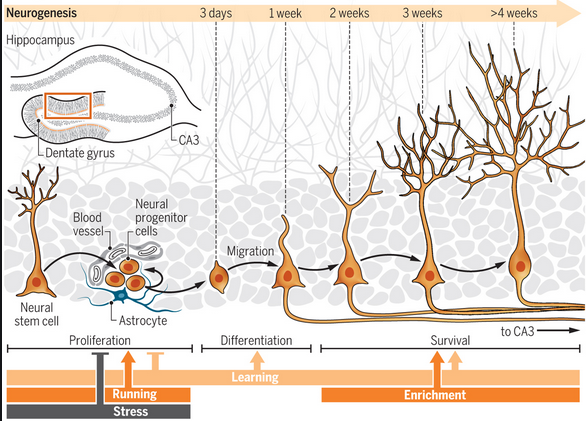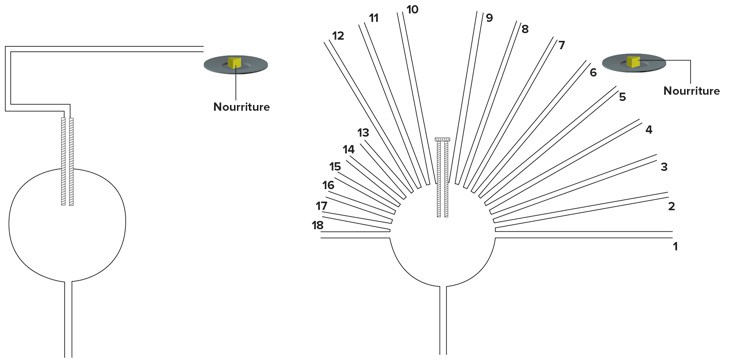Tuesday, 28 September 2021
Two pioneers in research on neurogenesis and vision
 Today I just want to draw your attention to two researchers who are senior citizens but still active and still inspiring: Fred Gage and Deric Bownds.
Today I just want to draw your attention to two researchers who are senior citizens but still active and still inspiring: Fred Gage and Deric Bownds.
Fred Gage recently gave an interview on his scientific career, in which he told how he became a pioneer in research on neurogenesis—the development of new neurons in the brains of adult mammals. It’s always interesting to learn about the scientific career of someone who disproved an idea that was previously dogma. In Gage’s case, it was the idea that had emerged during the last decades of the 20th century that when humans are born, their brains contain as many neurons as they will ever have and will only continue to lose them as their lives go on. (more…)
From the Simple to the Complex | Comments Closed
Tuesday, 14 September 2021
The great complexity of the brain’s mental mapping system

In the 1930s and 1940s, rats’ ability to learn their way through a maze was explained, according to the behaviourist paradigm prevailing at that time, as simply a process of building connections between sensory stimuli and behavioural responses. When a rat found its way through a maze successfully, it reached the final chamber where it received a reward of food, According to behaviourist theory, this reward strengthened the neural connections underlying the associations that the rat had had to make to complete its task successfully. But this reasoning could not explain the surprising observations made in an experiment by U.S. psychologist Edward Tolman in 1948, in which some rats reached their rewards by finding shortcuts through the maze along paths that they had never taken before! (more…)
Memory and the Brain | Comments Closed







